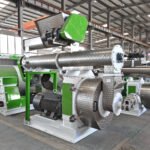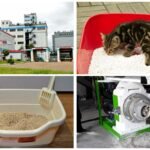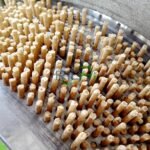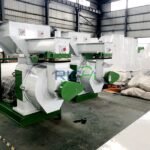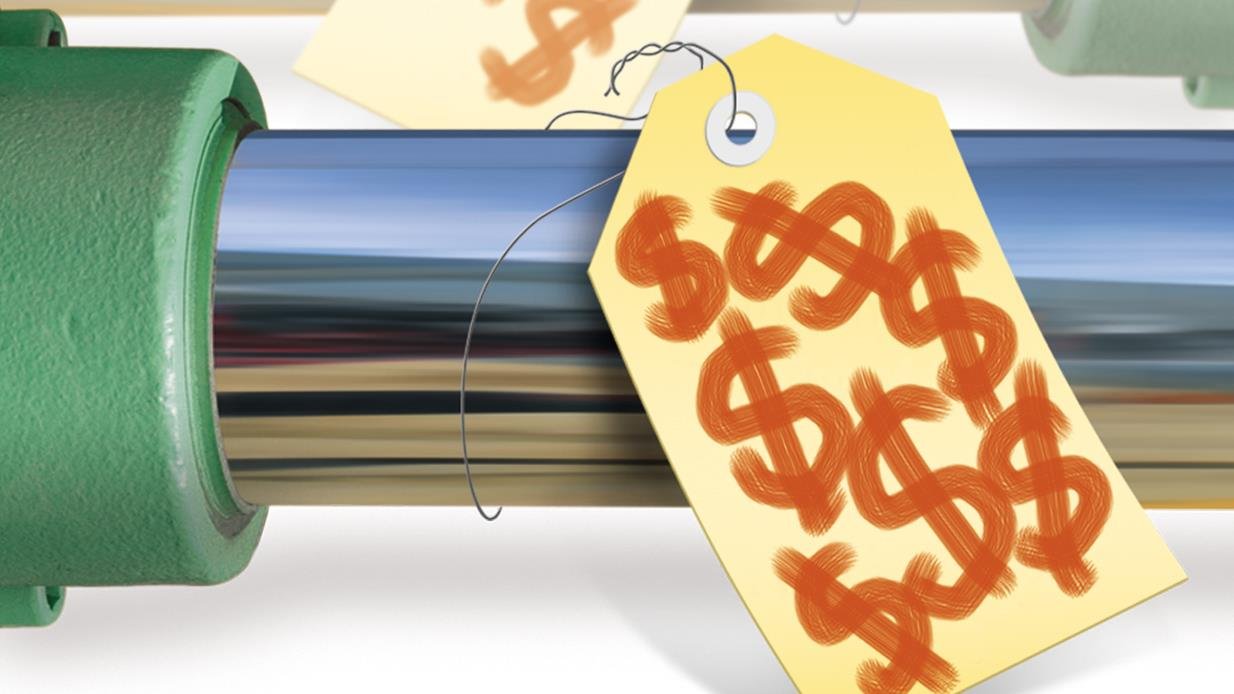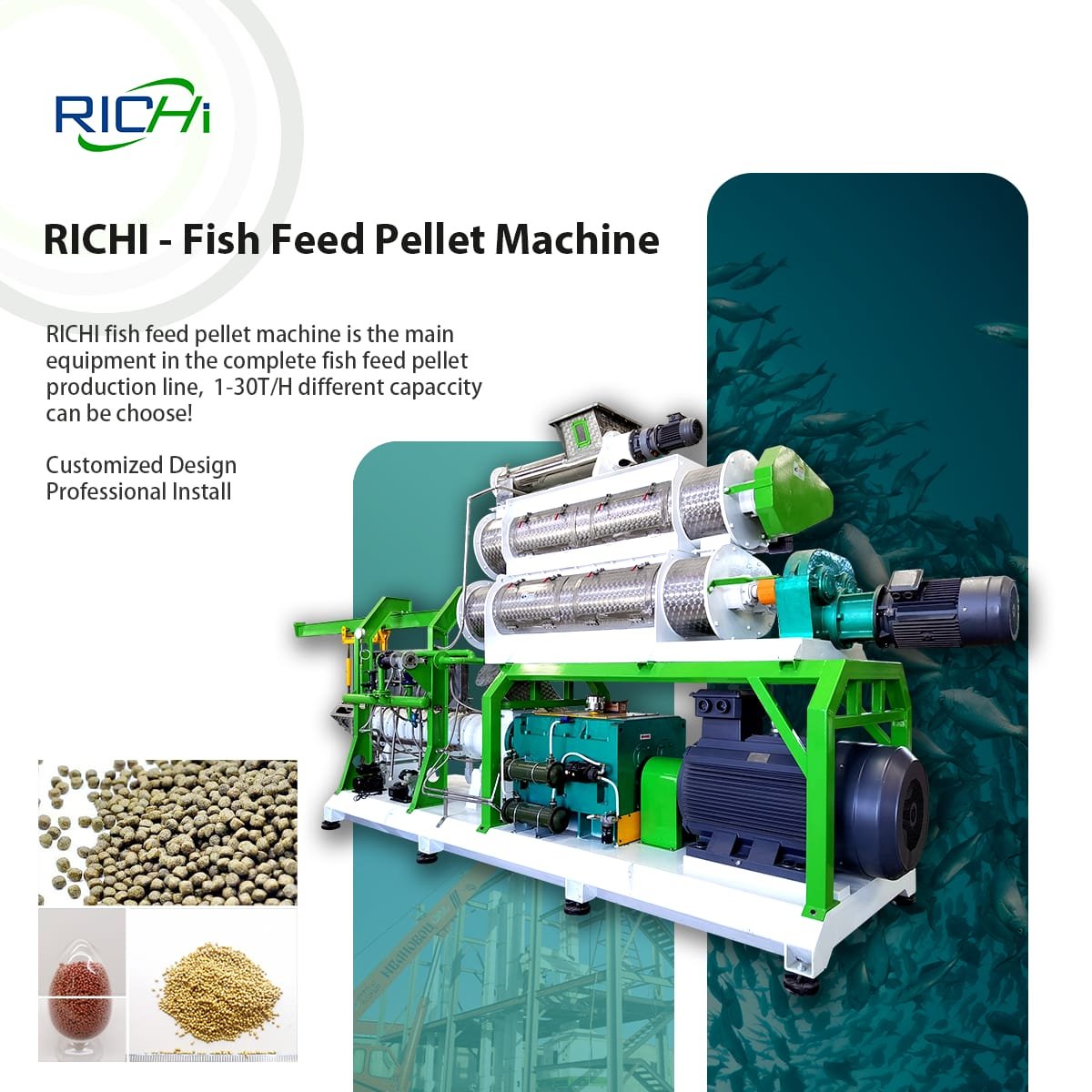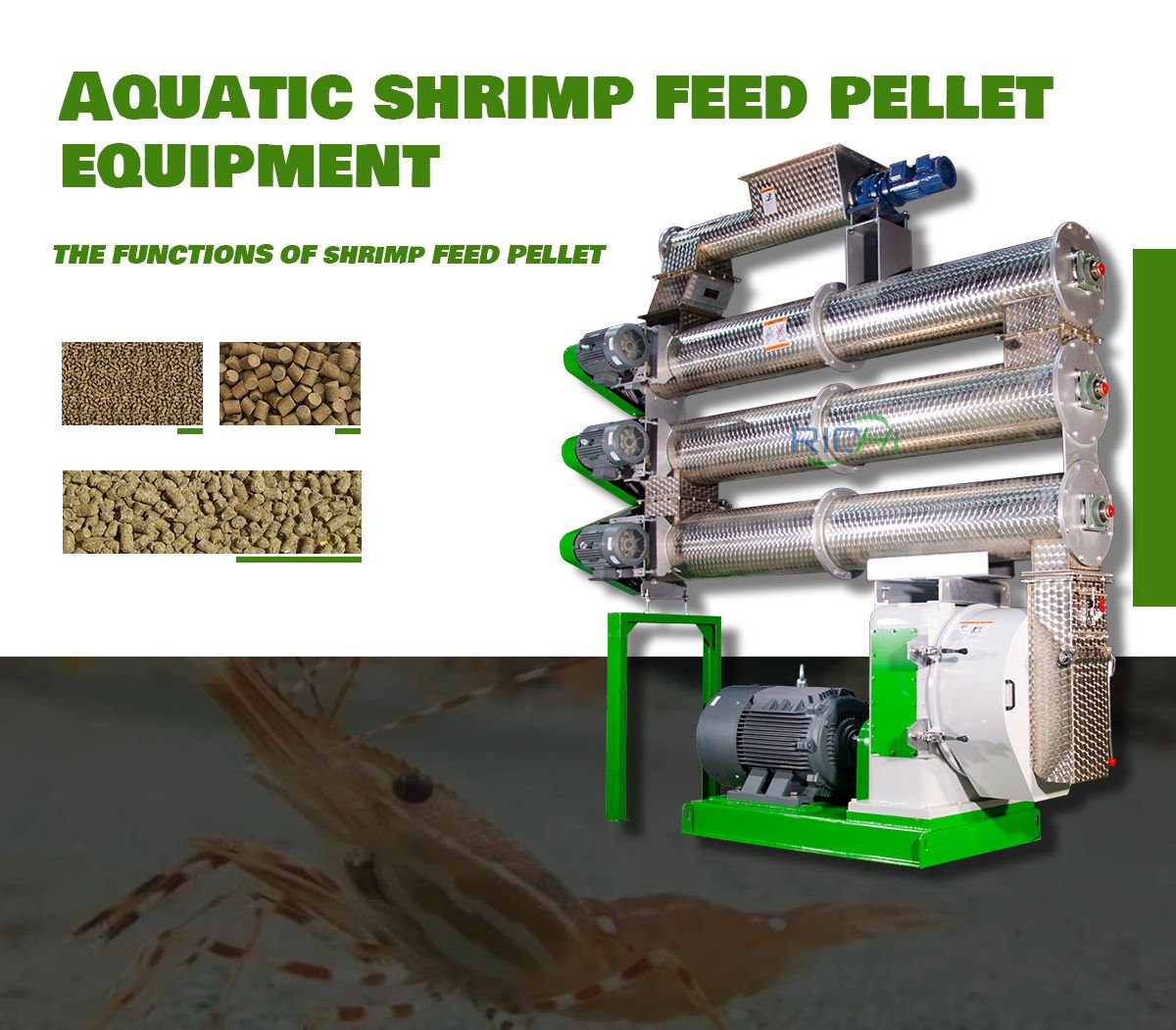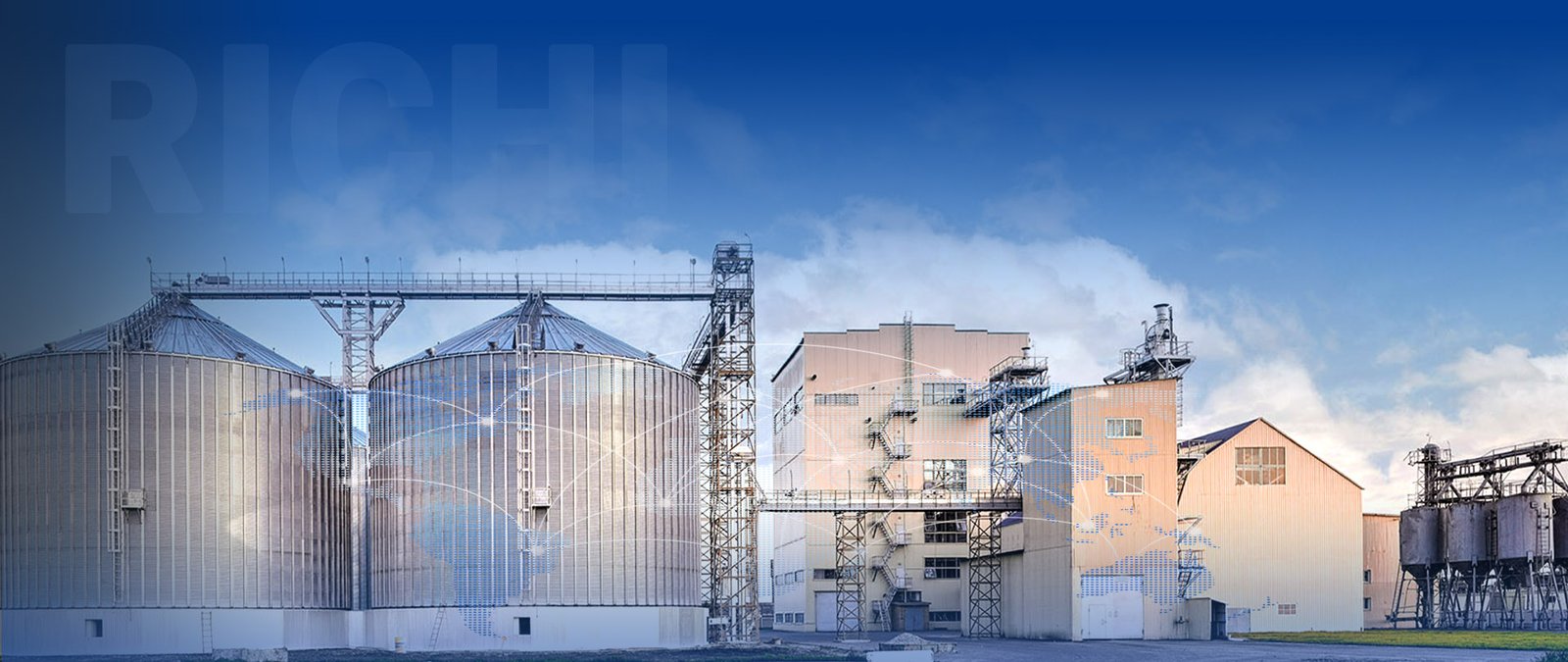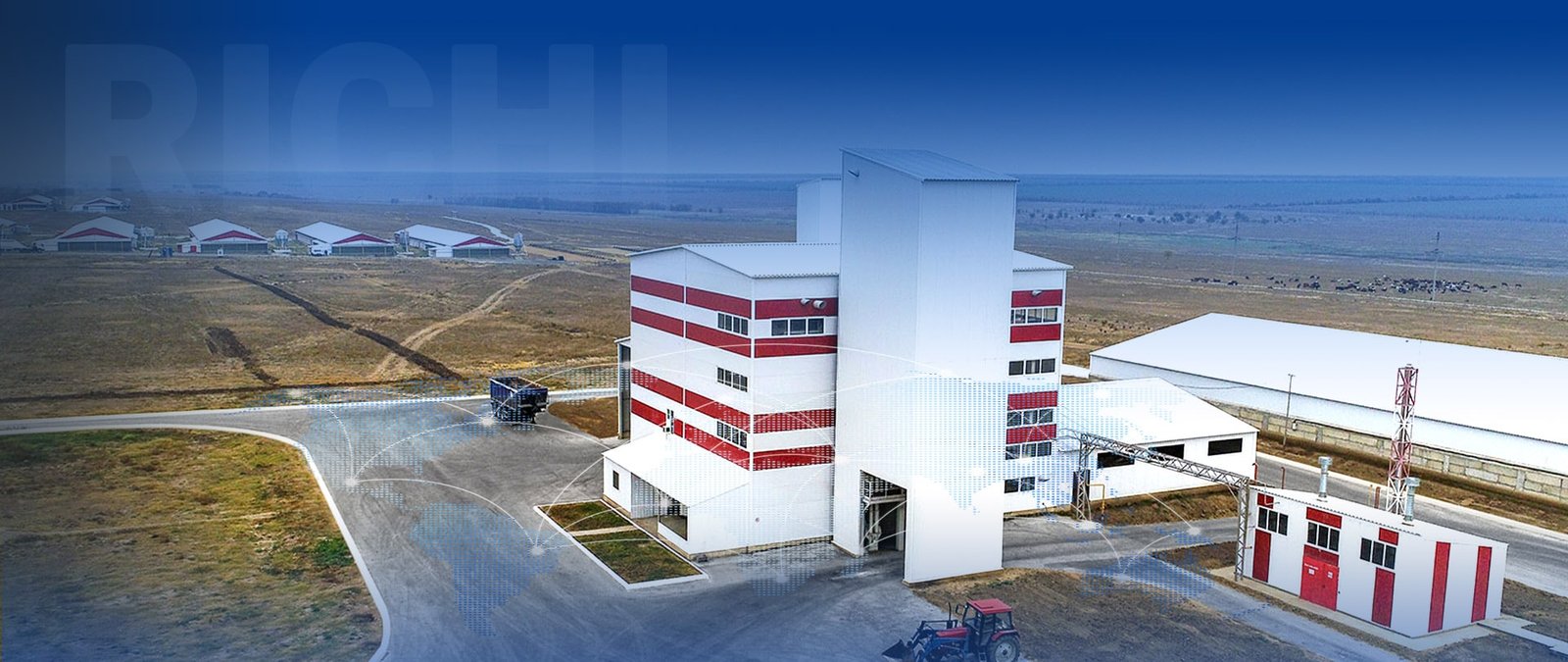Fish farming is an essential industry that requires certain equipment, such as the sinking fish feed pellet mill. However, there are several running expenses associated with using this equipment. This essay will certainly discuss the different operating costs that come with using a sinking fish feed pellet mill.
Among the primary operating costs associated with using a sinking fish feed pellet mill is the expense of raw materials. The raw materials used in creating fish feed include soybean dish, corn, wheat, rice, and various other grains.
The quality and price of these raw materials affect the quality and cost of the end product. The price of raw materials is determined by a number of factors, including supply and need, transport prices, climate condition, and currency exchange rates.
To ensure maximum profitability, fish feed producers must thoroughly select their raw materials and work out beneficial costs with distributors. Additionally, they must create effective strategies to minimize waste and take full advantage of yield from each set of raw materials.
One more considerable operating cost associated with using a sinking fish feed pellet mill is the expense of power. The procedure of this equipment includes using numerous energy sources such as electricity, fuel, and water.
The price of energy is affected by factors such as the sort of power resource used, the maker’s effectiveness, and the price of electrical power and fuel in the neighborhood market. To minimize power expenses, fish feed producers must buy energy-efficient equipment and develop efficient energy administration methods.
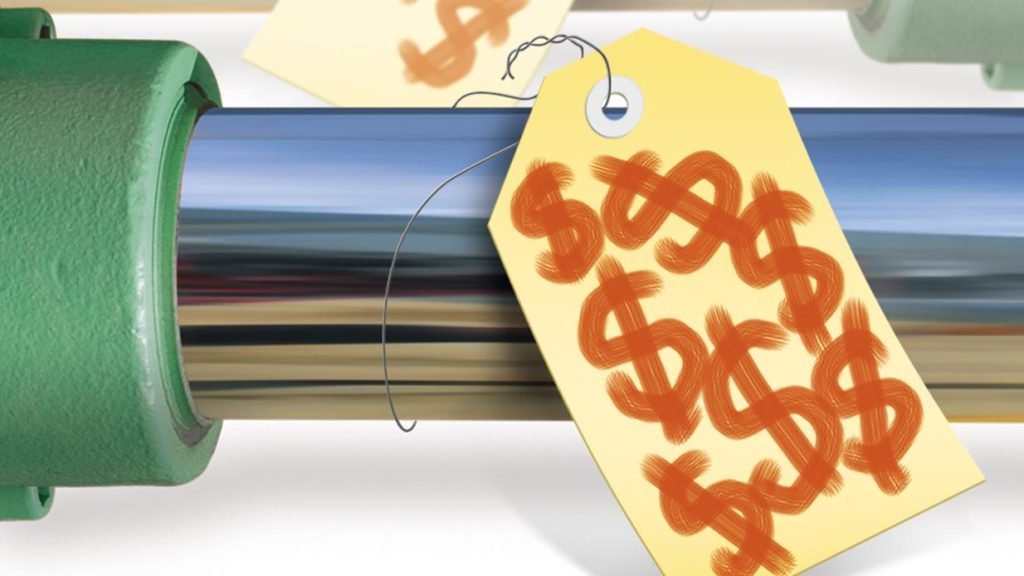
For example, they can arrange production throughout off-peak hours when electricity rates are lower or use renewable resource resources like photovoltaic panels and wind generators.
Maintenance prices are also a substantial operating cost associated with using a sinking fish feed pellet mill. Routine maintenance and repairs are required to ensure optimum efficiency and durability of the machine.
The expense of maintenance is affected by factors such as the regularity and extent of maintenance needed, the price of extra parts, and the labor prices of service technicians.
To minimize maintenance expenses, fish feed producers must invest in top quality equipment and work with qualified professionals to handle repair and maintenance. Additionally, they must establish effective maintenance timetables and treatments to prevent break downs and minimize downtime.
Labor prices are an additional substantial operating cost associated with using a sinking fish feed pellet mill. The operation of the machine requires skilled labor such as maker operators, service technicians, and quality control personnel.
The labor costs are affected by factors such as the number and ability level of workers, the cost of labor in the local market, and the duration of manufacturing.
To minimize labor expenses, fish feed producers must optimize their production processes and purchase automatic equipment and software application to reduce the need for manual labor. In addition, they can educate their employees to be more effective and productive, minimizing the need for additional labor.
Finally, transportation and product packaging expenses are also significant operating costs associated with using a sinking fish feed pellet mill. The completed item must be delivered to the fish ranch and packaged appropriately to prevent perishing and contamination.
The transportation prices are influenced by factors such as the distance between the production center and the fish farm, the mode of transportation, and the expense of fuel and labor. The product packaging prices are affected by factors such as the sort of packaging material used, the price of product packaging materials, and labor costs. To minimize transportation and product packaging expenses, fish feed producers can work out positive rates with transportation and product packaging companies and optimize their packaging processes to decrease waste and boost effectiveness.
To conclude, using a sinking fish feed pellet mill is essential for fish farming, however it features running prices that must be taken into consideration to ensure optimum earnings and sustainability.
Fish feed producers must meticulously manage these expenses by choosing premium raw materials, buying energy-efficient equipment, working with certified professionals, maximizing production processes, and minimizing transport and product packaging costs.
By managing these prices successfully, fish feed producers can ensure the production of high-grade fish feed at a cost effective cost while taking full advantage of revenues and minimizing waste.



